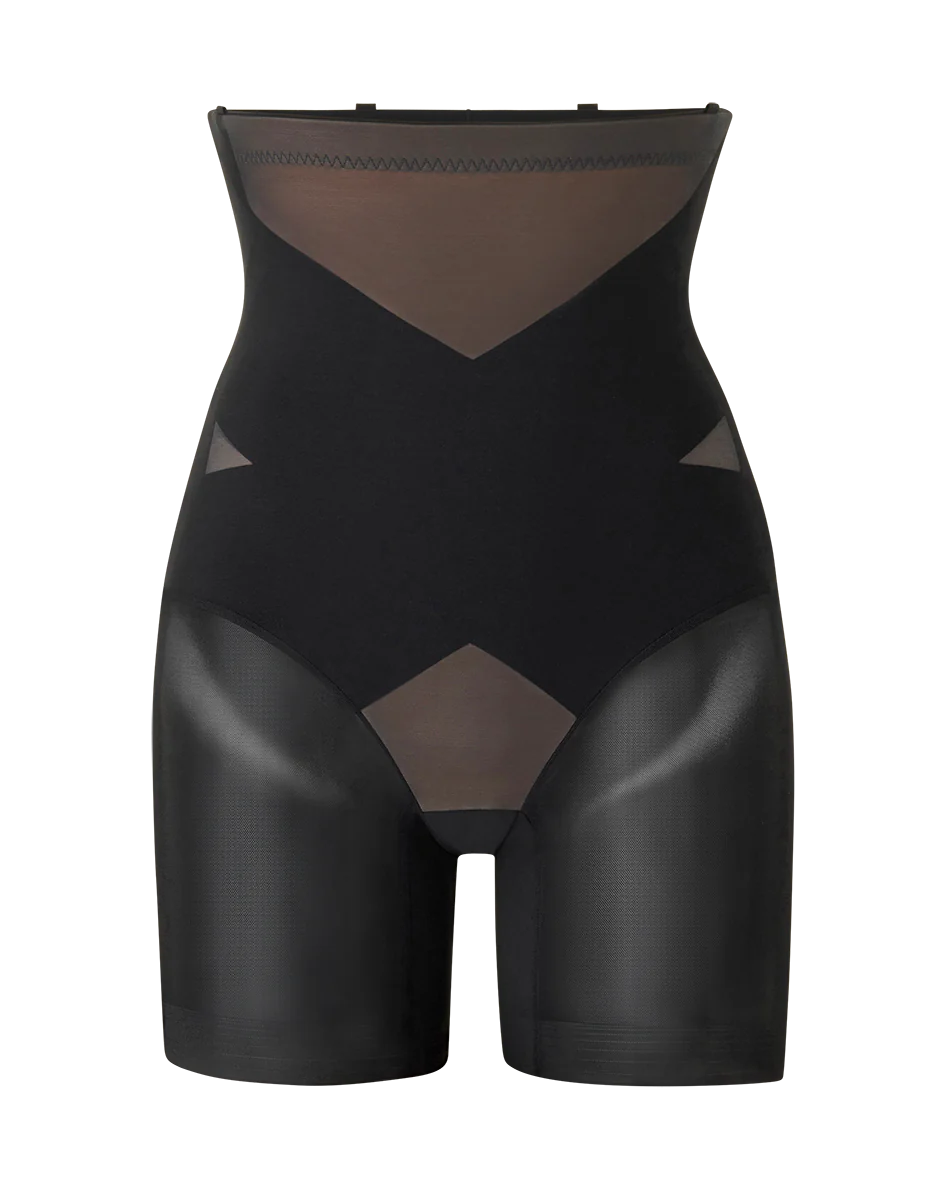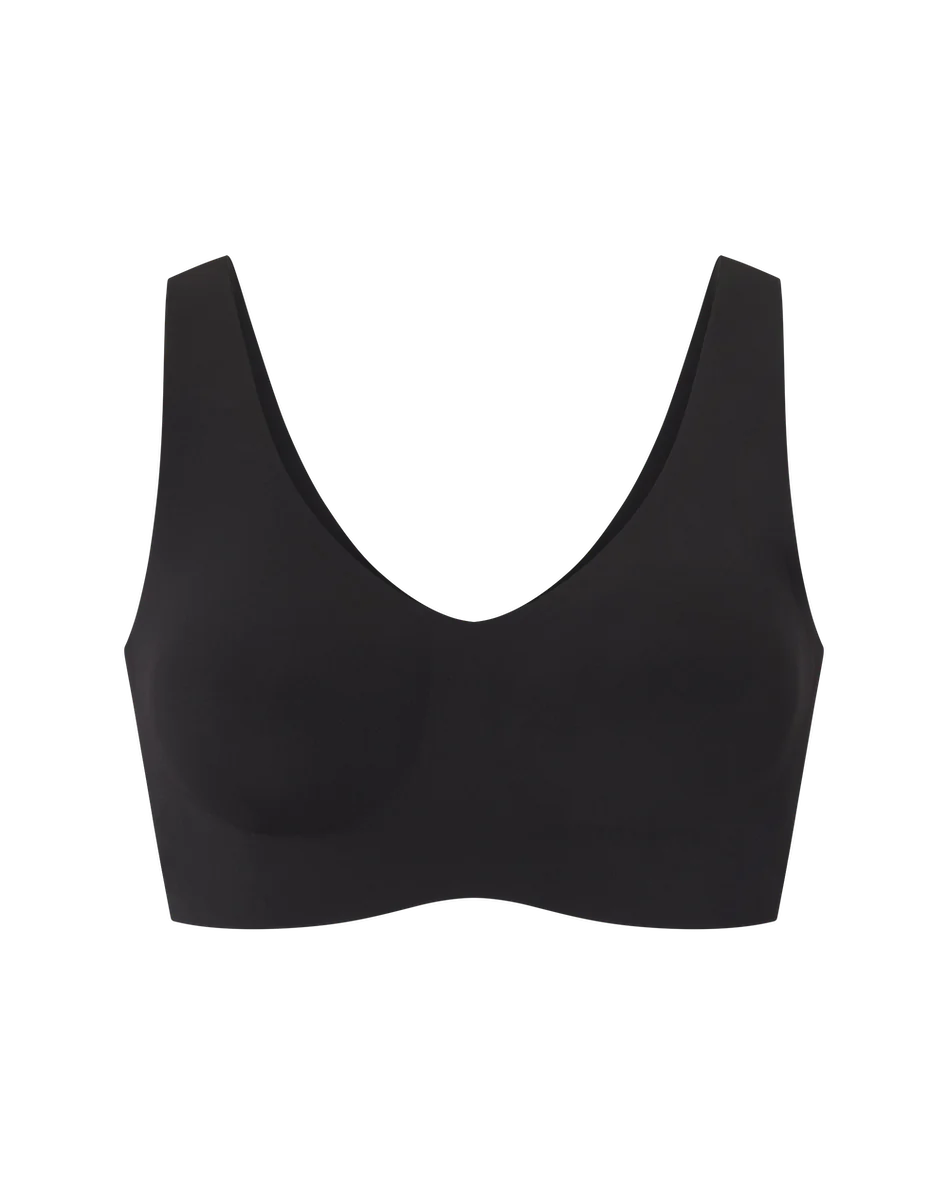What is Sister Sizing? How to Find Your Sister Size.
25 March 2025
by Sophie Weiss

What is sister sizing?
Bra sizing works by taking both cup and band into account. This results in a vast and varied range of bra sizes that can accommodate a broad scope of unique bodies. This also means that the differences between certain sizes can be quite slight and subtle. A sister size is when you go up in band size and down in cup size, or up in cup size and down in band size. These similarly sized bras are known as sister sizes.

When should you use a sister size?
Sister sizing is used when the band is too tight or too loose, but you’re happy with the fit of the cup. In these cases, a full size jump up or down would be way too much. By using your sister size, you can solve for band fit issues.
A common misconception is that if you are a D cup, you’ll be a D cup no matter the band size. When someone is wearing a bra that feels too small, their impulse may be to go up a full size (so, if you’re wearing a 32D, you would try a 34D). This method typically results in a pretty big jump in sizing, which may actually be an overcorrection. If you tried this and found you needed a smaller step up or down, that’s a great indicator that you should explore sister sizing.
When you shouldn't sister size
If you are happy with your fit, there’s no need to sister size. While the sizes are similar, they’re not the same. So, if you typically wear a 32D and that size is sold out, you should not purchase a 30DD and expect it to fit your body the same. A 30DD has a shorter band, so the cross-bracing will be different. The band actually has a big impact on the way the cup fits your breast. For example, if the band is too big for you, you can experience gaping, and if the band is too small, you can experience digging. Only utilize sister sizing if you're happy with the volume of your cup, but need to go up or down a size in your band.
How to find your sister size
Sister sizes are essentially one cup size up and one band size down, OR one cup size down and one band size up. That can be hard to visualize in your head, so we made this awesome chart. Find your size on the chart: your sister sizes are directly to the left and right of your size.
You can also use our bra sizing calculator to find your sister size. Simply input your measurements, and we'll calculate sister size for you..

Which size should I choose?
Now that you’ve seen the chart, your next most likely question is: should I try the size to the left or right? If you choose the size to the left, you’re going to have a slightly tighter band. If you choose the size to the right, you’re going to have a slightly larger band.
Sophie Weiss
Sophie Weiss is a writer and bra expert based in Los Angeles.
Shop the story
CrossOver Bra
Wireless Bra
Honeylove's signature mesh details take this wireless bra to the next level. This wireless bra features a bonded cradle that replaces underwire for maximum comfort and support. A smoothing bra wing eliminates bulges at the back and underarm. Adjustable, convertible bra straps let you modify your fit. Premium four-way stretch fabric molds and expands to your shape.
LiftWear Cami
Bra Top
This shapewear cami features a built-in, molded, wireless bra that lifts without sacrificing comfort. Targeted X compression uses doubleknit panels to shape your back and tummy, while releasing everywhere else for maximum comfort. Silicone gripper at the bottom hem keeps the the top anchored as you move. Adjustable straps let you customize your fit. The cami's versatile design can be worn on its own or under clothing.

Silhouette Bra
Wireless Bra
Flat, stretch silicone is coated in soft velvetine flocking for flexible support. This wireless bra features a bonded cradle that replaces underwire for maximum comfort and support. A smoothing bra wing eliminates bulges at the back and underarm. Raw cut, seamless bra construction disappears under clothes. Adjustable, convertible bra straps let you modify your fit.



































